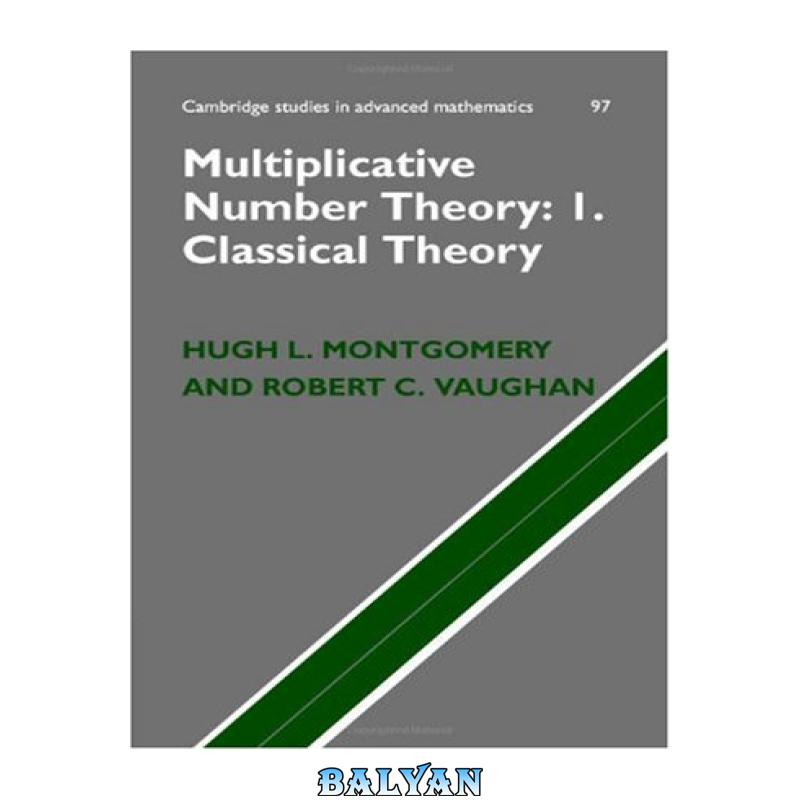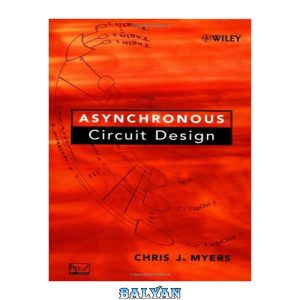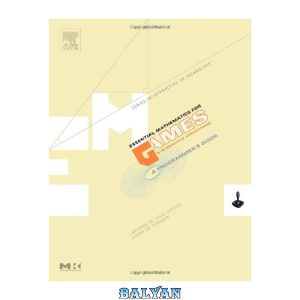ترجمه فارسی توضیحات (ترجمه ماشینی)
نظریه اعداد ضربی I: نظریه کلاسیک
تئوری اعداد ضربی عمدتاً با توزیع اعداد اول سر و کار دارد، اما همچنین با رفتار مجانبی توابع اول مرتبط مانند تابع تعداد مقسومگرها سروکار دارد. کار حاضر به نظریه کلاسیک می پردازد به این معنا که بیشتر نتایج قبل از سال 1960 شناخته شده بودند. بیشتر موارد تحت پوشش بخشی از نظریه اعداد تحلیلی و تئوری تابع زتای ریمان و توابع L هستند. علاوه بر نظریه تحلیلی، این کتاب شامل برآوردهای کلاسیک دیریکله، چبیشف، و مرتنز، و همچنین برخی از پوششهای غربال ترکیبی و غربال سلبرگ است. جلد دوم برنامه ریزی شده است که بر تخمین های ظریف تر، مبالغ نمایی و روش های غربال تمرکز خواهد کرد.
ویژگی منحصر به فرد کتاب تمرینات آن است: آنها صدها نتیجه تحقیقاتی (با ارجاع) را پوشش می دهند، که معمولاً فقط بیان شده اند، اما گاهی اوقات با نکات یا تفکیک گام به گام. بدنه متن از جریان اصلی پیروی می کند و فقط به نتایج اصلی می رسد، اما به دانش آموز زمینه کافی برای کار روی تمرین ها می دهد.
این کتاب به وضوح نوشته شده است و شامل اطلاعات زمینه کافی برای مطالعه فردی است. برخی از آثار قبلی که طعم مشابهی دارند اما جامعیت کمتری دارند عبارتند از: توزیع اعداد اول اثر A. E. Ingham (کتابخانه ریاضی کمبریج) و نظریه اعداد ضربی هارولد داونپورت.
Multiplicative number theory deals primarily with the distribution of the prime numbers, but also with the asymptotic behavior of prime-related functions such as the number-of-divisors function. The present work deals with the classical theory in the sense that most of the results were known before 1960. Most of the items covered are part of analytic number theory and the theory of the Riemann zeta function and the L-functions. In addition to the analytic theory the book includes classical estimates of Dirichlet, Chebyshev, and Mertens, as well as some coverage of combinatorial sieves and the Selberg sieve. A second volume is planned that will focus on more delicate estimates, exponential sums, and sieve methods.
The unique feature of the book is its exercises: they cover hundreds of research results (with references), usually just stated but sometimes with hints or a step by step breakdown. The body of the text follows the mainstream and only hits the main results, but gives the student enough background to work on the exercises.
The book is clearly written and includes enough background information to be used for individual study. Some earlier works that have a similar flavor but are less comprehensive are A. E. Ingham’s The Distribution of Prime Numbers (Cambridge Mathematical Library) and Harold Davenport’s Multiplicative Number Theory












نقد و بررسیها
هنوز بررسیای ثبت نشده است.